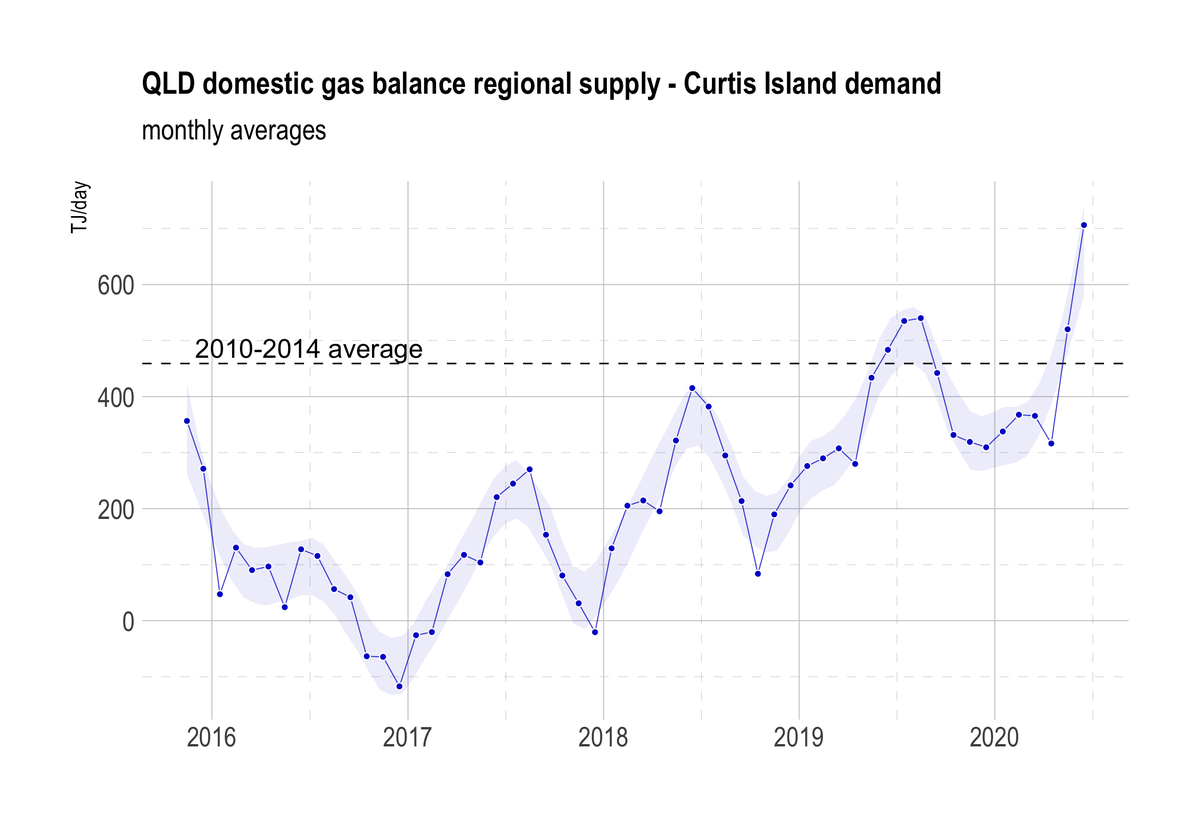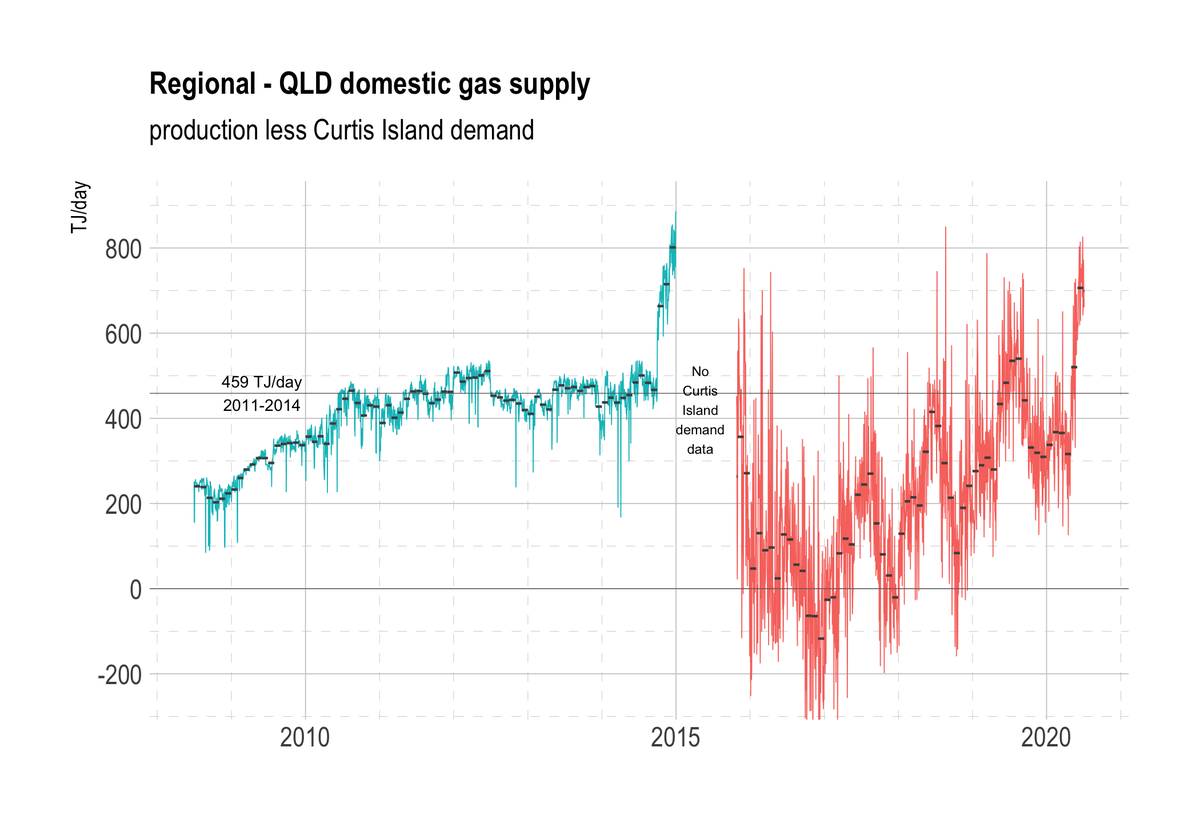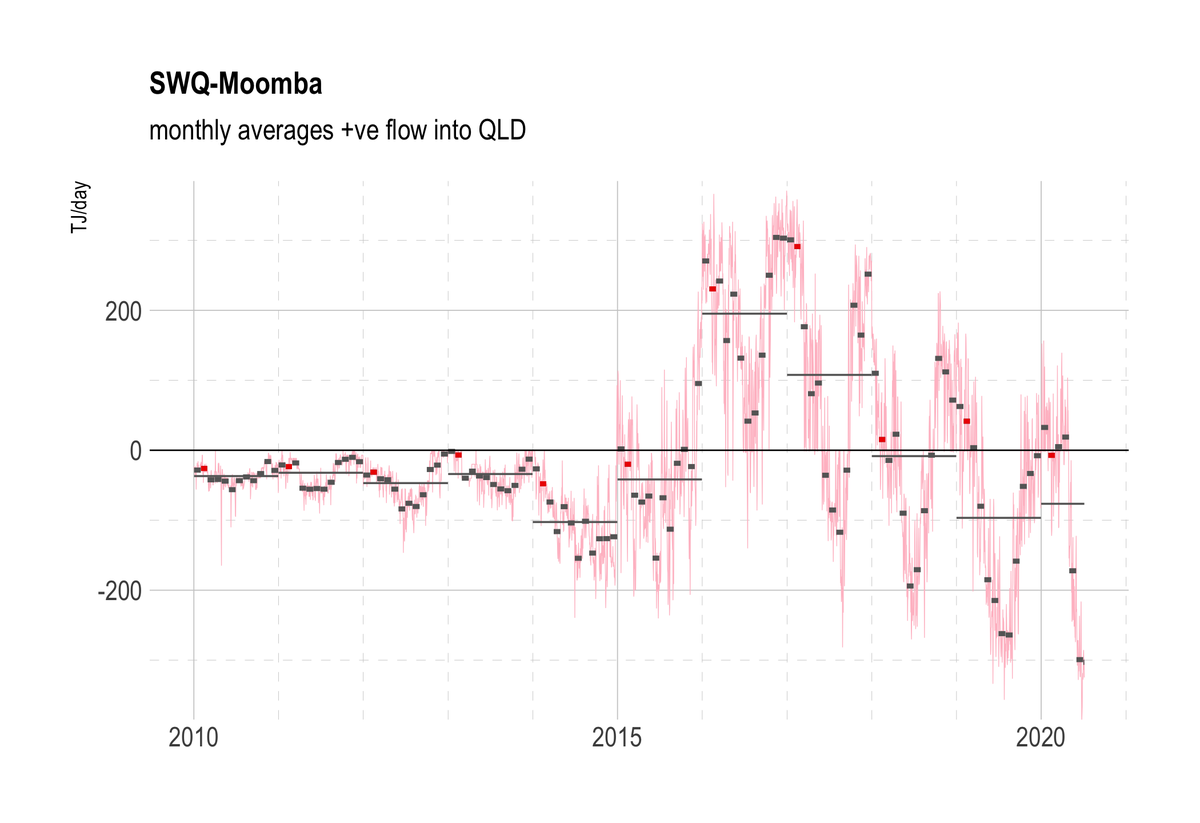"Blind Freddy" should be able to see the world is in a bit of a pickle in regard to GHG emissions. Despite the amazing developments in clean energy technology, energy emissions continue to rise in a dance that is tuned to the economy. 

The challenge in meeting Paris targets (26% below 2005 levels by 2030) is getting worse by the year. For a proportional contribution, the global energy sector already needs to reduce emissions by 4% each year, rising 0.5% in 2018 

Global emissions reductions are really hard - energy sector emissions have not reduced by anywhere near 4% any year in the last 40. In fact, only 4 times have annual energy emissions gone down appreciably, and only in significant economic downturns, as most recently in '09. 

Where does Australia sit in all this and what can it do?
First, some basic Australian energy facts.
1) Australian annual energy sector emissions have grown in absolute terms since 2005 by about 32 million tonnes.
First, some basic Australian energy facts.
1) Australian annual energy sector emissions have grown in absolute terms since 2005 by about 32 million tonnes.

2) On a per capita basis Australian energy sector emissions have been falling (since 2007), but not as fast as in other comparable countries such as the US. At 16.6 tonnes CO2e per person per year Australia has the highest per capita emissions of developed nations ("dots" = 2009) 

3) as evident in the recent drought (following closely on the Millennium drought) so intense that the Darling River (draining 8% of the continent) has ceased to flow, and unprecedented Spring bushfires, etc. Australia is particularly vulnerable to the impacts of climate change
4) A proportionate contribution to meeting Paris targets without recourse to carry-over credits (which many consider to be morally dubious, at best) requires Australia to reduce energy emissions by over 3% each year, and the challenge gets harder as each year of delay passes. 

Despite only contributing about 1.2% of global energy sector emissions, Australia's extraordinarily high per capita emissions and its unique vulnerability make a strong moral and (long-term)economic case to contribute to the global effort. 

Given that it seems to be lagging on commitments, what should Australia best do?
Again some facts help inform actions.
1) Australia's electricity sector is doing ok. Emissions are falling rapidly, and are on track ...
Again some facts help inform actions.
1) Australia's electricity sector is doing ok. Emissions are falling rapidly, and are on track ...

... mainly because of steep declines in domestic coal use which has been falling at an average rate of 2% per year since 2005. 

2) Australia's oil emissions/consumption (mainly in road transport) is growing at 1.8% per year slightly above the historical average, largely in line with population increase. 

3) Australia's gas emissions/consumption are rising steeply at over 6% per year mainly because of gas use in LNG production. 

4) To reiterate, the result is that total Australian energy sector emissions are now 32 million tonnes higher than they were in 2005. They will need to drop by a total of 130 million tonnes in 2030 to make a proportionate contribution to Paris 

These facts evidence where the hard work for Australia lies. To meet Paris commitments it needs to continue the heavy lifting done by the electricity sector, work on fuel efficiency standards and electrification in the transport sector, and curtail gas use in LNG production
Can it do this? Electrification of transport helps address looming fuel security issues. LNG compression can be electrified with low carbon renewable energy. Desal, mineral processing and hydrogen production all fit with a low carbon economy as per Ross Garnaut's #Superpower 

With will, we should believe, Australia can do it. It should take heart from comparator countries such as the UK that have already achieved Paris targets in their energy sector. But Australia must act fast, time is running out, for it and the world. 

It should mandate the sub-surface sequestering of all co-produced reservoir CO2 from existing gas fields 

• • •
Missing some Tweet in this thread? You can try to
force a refresh


















